GBP/JPY Technical Analysis: Pausing to Digest Sub-184.00
- GBP/JPY Technical Strategy: Flat
- Support: 182.28, 180.53, 178.37
- Resistance: 184.03, 186.20, 189.70
The British Pound paused to consolidate gains after rising to the highest level in nearly two months against the Japanese Yen. Near-term resistance is at 184.03, the 61.8% Fibonacci retracement, with a break above that on a daily closing basis exposing the 76.4% level at 186.20. Alternatively, a turn below the 50% Fib at 182.28 clears the way for a challenge of the 38.2% retracement at 180.53.
Risk/reward considerations argue against entering long with prices in close proximity to resistance. On the other hand, the absence of a defined bearish reversal signal suggests taking up the short side is premature. We will remain flat for now, waiting for an actionable opportunity to present itself.
the source


 LinkBack URL
LinkBack URL About LinkBacks
About LinkBacks

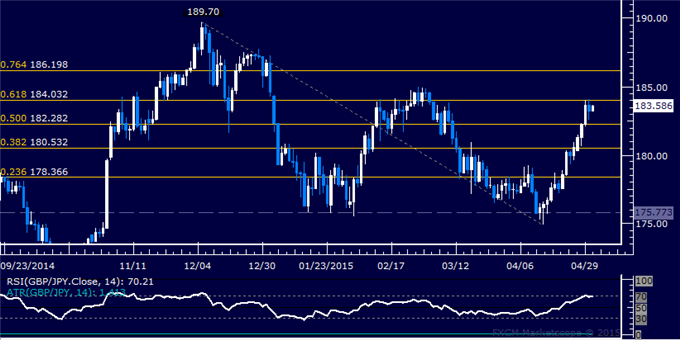





 Reply With Quote
Reply With Quote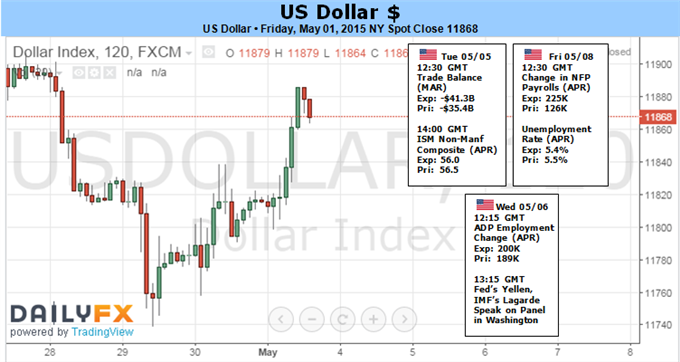
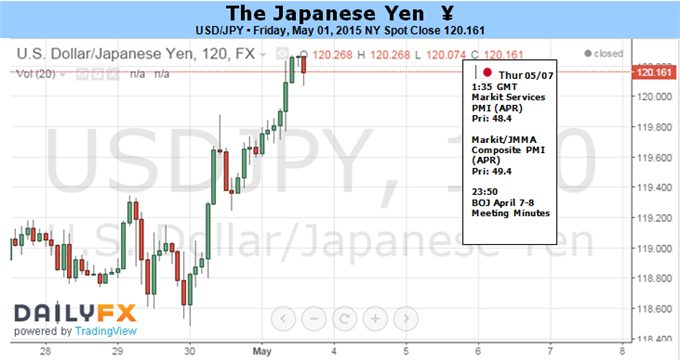
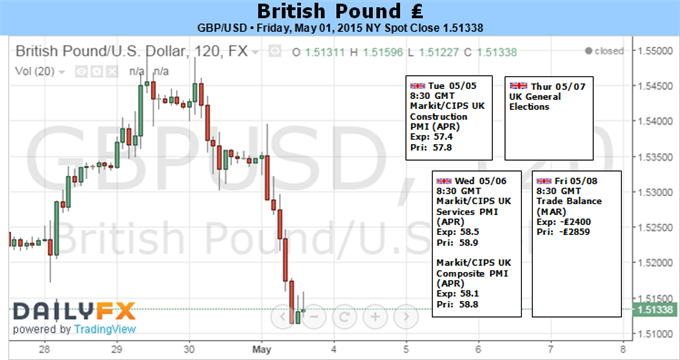
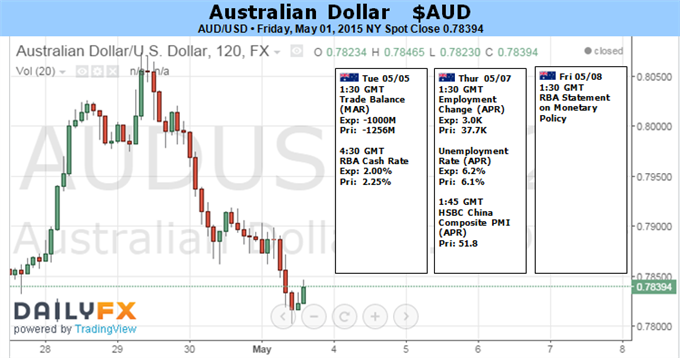
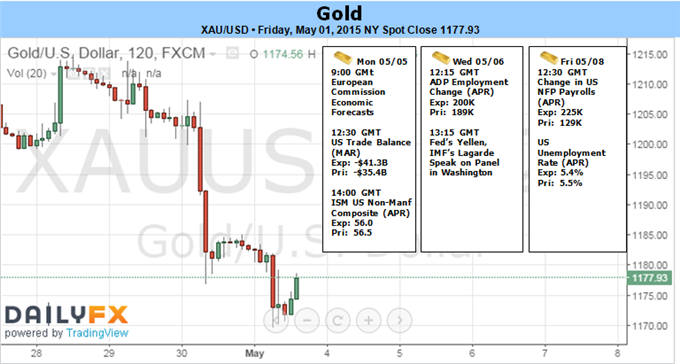
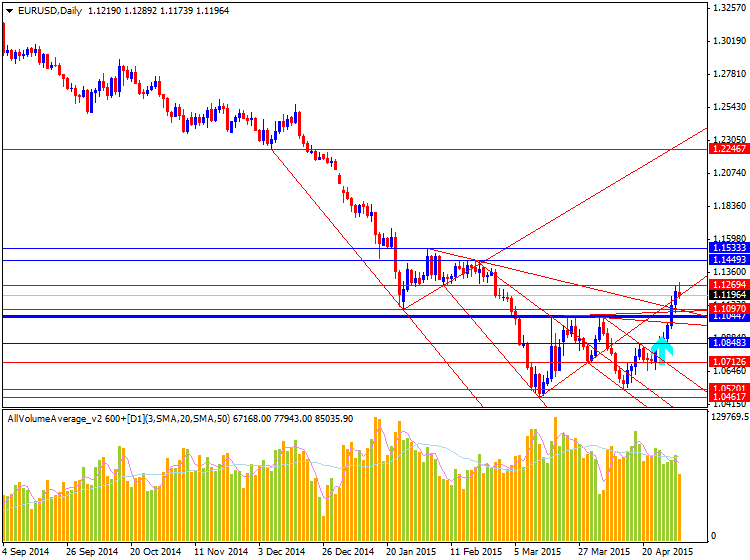
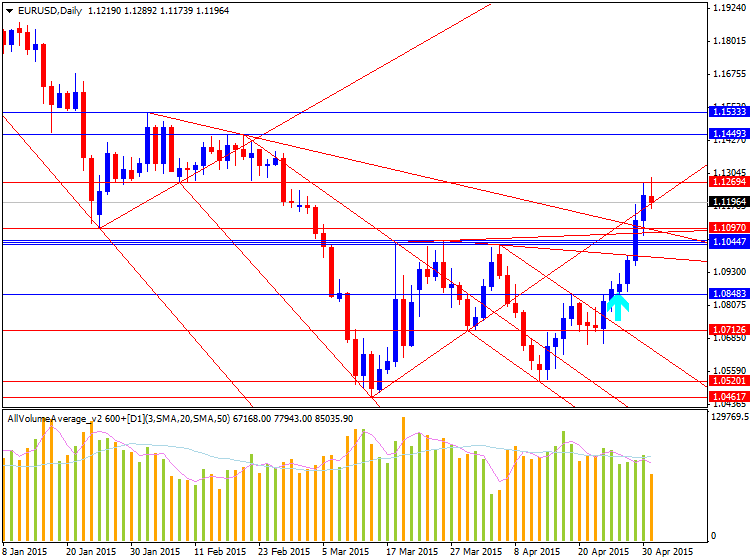
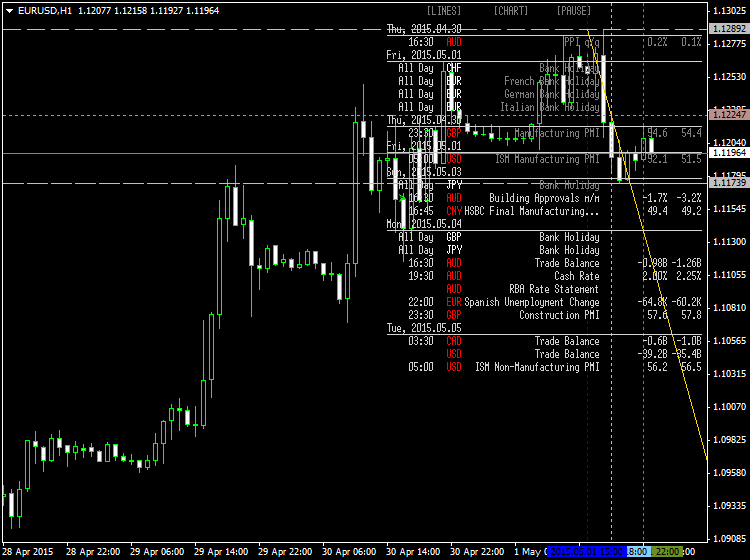
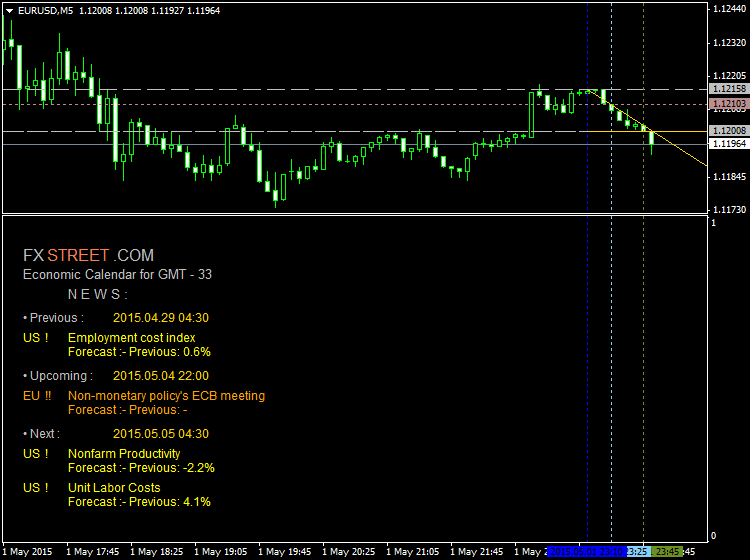
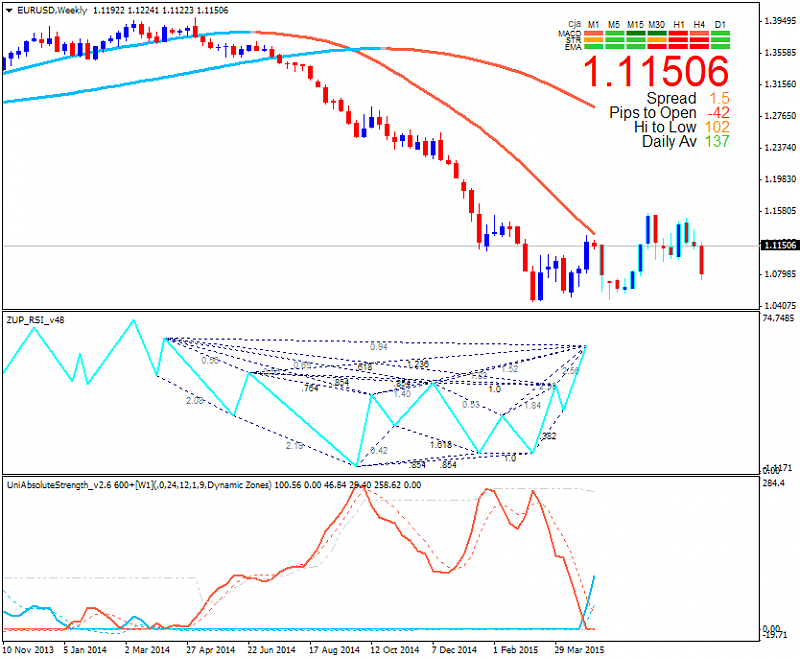
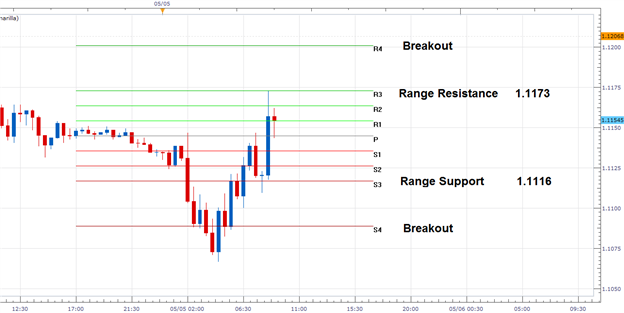



Bookmarks